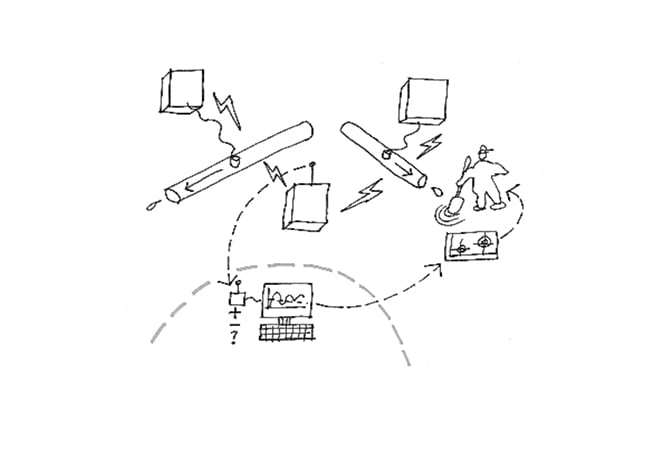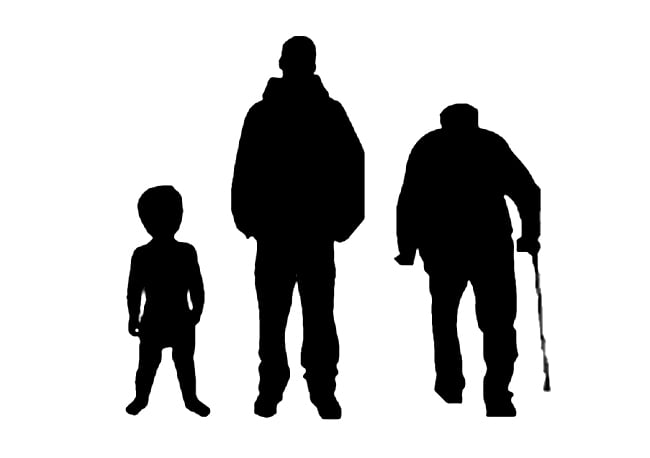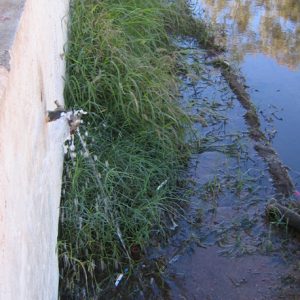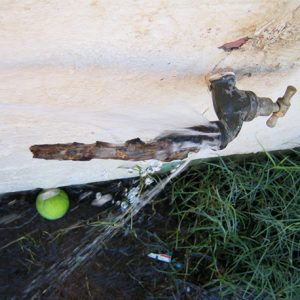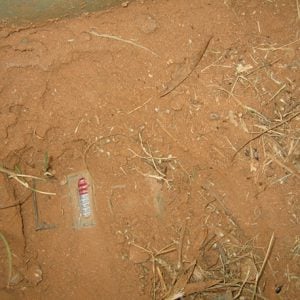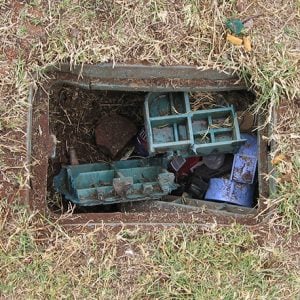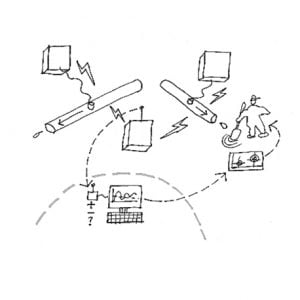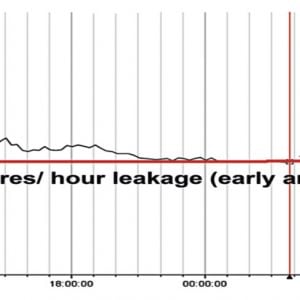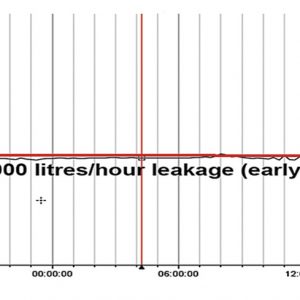Research and Development
Infrastructure Survey
Project Details Detecting infrastructure faults
- Introduction
- The Problem
- The Solution
- Trial projects
- Where to next?
- From Housing for Health - the Guide
Introduction
Nationally, essential infrastructure in Indigenous communities performs badly. House function and health rely heavily on mains services such as power, water supply and waste water. The Infrastructure survey was designed to detect faults and fix mains services that impact on house function.
The Problem
Nationally, essential infrastructure in Indigenous communities performs badly. House function and health rely heavily on mains services such as power water supply and waste water.
The Solution
The Infrastructure survey was designed to detect faults and fix mains services that impact on house function.
The scheduled scope of the project was curtailed when FaHCSIA cancelled this RD project. One project continued on Mer Island, with the additional support of Healthabitat and the Manager who had commenced work on site monitoring the mains water system. The additional work needed to complete the project was unfunded by FaHCSIA.
The project monitored water flows, detected leaks in mains pipes and mobilized a plumbing team to repair leaks continuously as the water tracking equipment and software discovered new leaks.
Trial projects
Water was in short supply on Mer Island, a Housing for Health survey/fix nominated site. De-salinators were working continuously in the dry season to ensure even a limited water supply. The Housing for Health Manager believed this was a good site to survey and fix the main water supply system.
Outcomes:
- For a small capital investment in monitoring equipment (approx $14,000) many leaks were detected and able to be fixed, this will quickly be recovered from reduced diesel fuel for desalination
- Water supplies accumulated and the need for desalination production declined
- water reductions gains continued throughout the program.


Where to next?
Contact Healthabitat for more information on this Product
From Housing for Health - the Guide
B1 Washing people
Poor hygiene increases the transmission of diseases, including diarrhoeal disease, respiratory disease, hepatitis and infections. The rates of these diseases in some Indigenous communities are as high as in many developing countries and are many times higher than for non-Indigenous children.
Diarrhoeal and respiratory diseases, in particular, are the major causes of illness among Indigenous children and also play a major role in malnutrition in the first three years of life. Skin infection is one of the most common problems of Indigenous children and causes chronic illness and discomfort. Recurrent or persistent skin infection is known to increase the risk of developing kidney disease and rheumatic fever.
Washing children daily is likely to reduce the frequency and spread of these diseases.
- Having functional washing facilities in the house will reduce diarrhoeal disease because organisms are less likely to be transmitted between people, particularly between children and adults.
- Respiratory disease is primarily spread by aerosol droplet transmission. However, it has been shown in Papua New Guinea that a micro-organism that causes pneumonia was found on the hands of mothers who had been handling children. This type of transmission is likely to be even more common inAustralian Indigenous children, who have higher rates of nasal discharge and face secretions than children in Papua New Guinea. Other studies have also demonstrated strong evidence for ‘secretion swapping’ as a method of spreading the micro-organisms responsible for respiratory infections. Washing will reduce the amount of infected secretions on people’s faces and hands, and may reduce transmission both by aerosol and by direct contact.
- Persistent scabies infections can lead to an increased risk of infection by other bacteria, especially Group A streptococci associated with impetigo. These infections are most effectively treated by frequent washing and removing the crusting around weeping sores that protects and encourages organism growth. Washing skin sores will not only reduce discomfort and frequency, but will also help to reduce the consequent high rates of renal disease, rheumatic fever and rheumatic heart disease.7
- In many regions, Indigenous children have high rates of trachoma and bacterial eye infections. Trachoma is known to be associated with poverty and poor living conditions. Studies have shown regular face washing can reduce the amount of eye infection.
- Washing hands after using the toilet can significantly reduce the transmission of hepatitis.
The health hardware required to support the first healthy living practice: the ability to wash people, particularly children includes a private, functional wet area with hot and cold water supply, shower, a bath or tub for washing children, a hand basin, and working drainage.
Learn More

